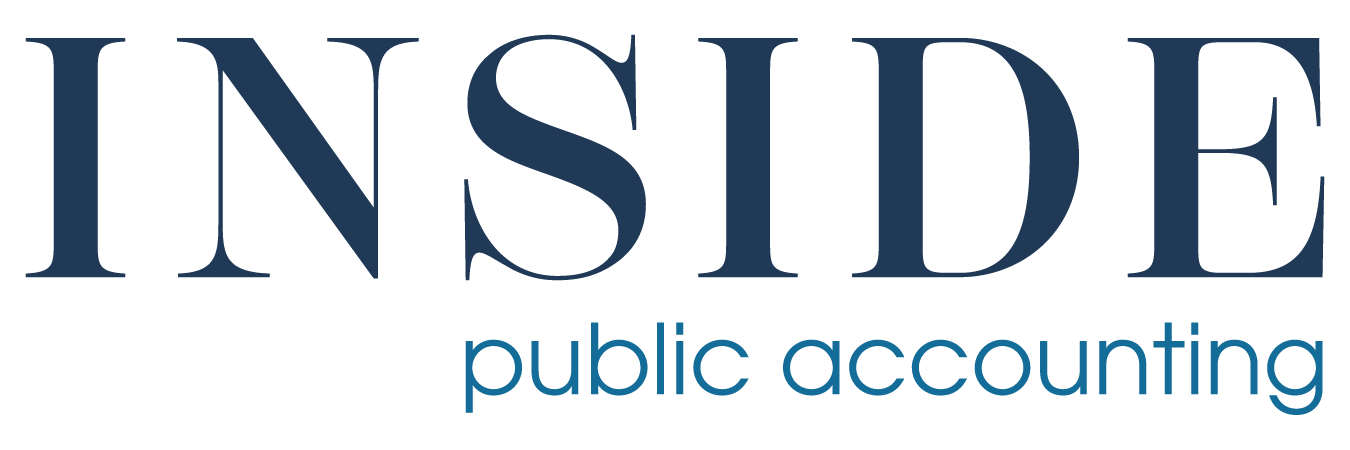Adapting to the pace of change is a struggle and some firms are turning to the tools of anthropology to look at change from a different angle and perhaps even get ahead of it.
Anthropology, the study of human society, is being applied to the business world through a branch of the field called corporate anthropology. Like Margaret Mead studying primitive Samoan society, corporate anthropologists also study values, beliefs and behaviors, but in a business environment. Combining research and intensive observation, corporate anthropologists immerse themselves in the workplace culture to truly understand the company and its customers.
Companies like Google, Intel and Microsoft are increasingly hiring anthropologists to offer insights on the role their products play in their customers’ lives. Adidas, for example, has used anthropologists to understand that its customers are more likely weekend joggers focused on a healthy lifestyle than elite athletes looking for a competitive edge, Business Insider reports.
Curious about how corporate anthropology can open new markets or products, IPA spoke with Andi Simon, author, principal and founder of Simon Associates Management Consultants of Yorktown Heights, N.Y., which has worked with accounting firms and other businesses to help them better adapt to change.
Everyone knows that change can be painful, but what professionals don’t see is how deeply they rely on their habits, how they make decisions based on how things feel to them, and how they are unconsciously rejecting information or observations that don’t conform to their perceptions of reality, Simon says.
Simon encourages clients to participate in observational research. “When we take them out exploring they begin to see things in new ways,” Simon says. “It is then that they have those ‘aha’ moments when they realize that new ideas and ways of doing things are all around them. They find new business opportunities often staring them in the face, and then they can convert those moments into innovations.”
Technological advances such as artificial intelligence and the like, which are approaching at seemingly lightning speed, are predicted to upend traditional business models, forcing firms to develop new skills and new approaches to client service. Some firms are taking a ‘wait and see’ approach to the wave of change; others are diving in and taking part in shaping that change.
Corporate anthropologists can help firms truly understand the firm’s culture as it exists today. That’s the first step in determining how it should change to drive future growth. Anthropological tools get to the heart of how employees really think and behave in the complex community of the workplace. And the same goes for the clients or customers, says Simon.
“The observational research methodology enables you to step out and listen to your customers as if you have not been serving them in the past. It helps you see things with fresh eyes – and it is through our sight that we best understand what is happening.”
Observational tools can show firm leaders that what their professionals say they are doing in the workplace and how they’re acting are not the same. Simon says, for example, that her team observed online shoppers, who described the process of finding an item to purchase. What they said and what they did were two different things.
This disconnect has been shown in numerous studies, with people telling researchers what they want to hear. Subjects have reported that they eat healthy breakfasts, for example, but observation shows a drive-thru donut and coffee is the real meal.
In assessing a company culture, Simon’s group uses numerous methods, beyond observational research, including in-depth storytelling, surveys, and the use of photography and videography.
Some of the questions businesses confront in the process include whether leaders are too controlling and hierarchical, overly competitive, or like a big family in which no one wants to offend. Does the firm really foster creativity or hinder it?
Professional service firms are often accused of being resistant to change, but they are no different than other companies, she says. “People get very comfortable with the things they know and do well. Service firms are no different from manufacturers, colleges or engineering firms. There are some firms run by entrepreneurs – even in [professional] service firms – that thrive on change and grow by creative innovations.”
Innovation has become such a ubiquitous value, it’s in danger of becoming cliché. Companies frequently talk about it as the sweeping secret to solve all their business problems; however, they often don’t know where to start or how to expand beyond creative brainstorming to strategically identify and act upon new business opportunities.
In her book, On the Brink: A Fresh Lens to Take Your Business to New Heights, Simon presents her unique methods for harnessing innovation and revitalizing business growth.
This article originally appeared in the January 2018 edition of INSIDE Public Accounting. To subscribe to INSIDE Public Accounting Monthly click here.
